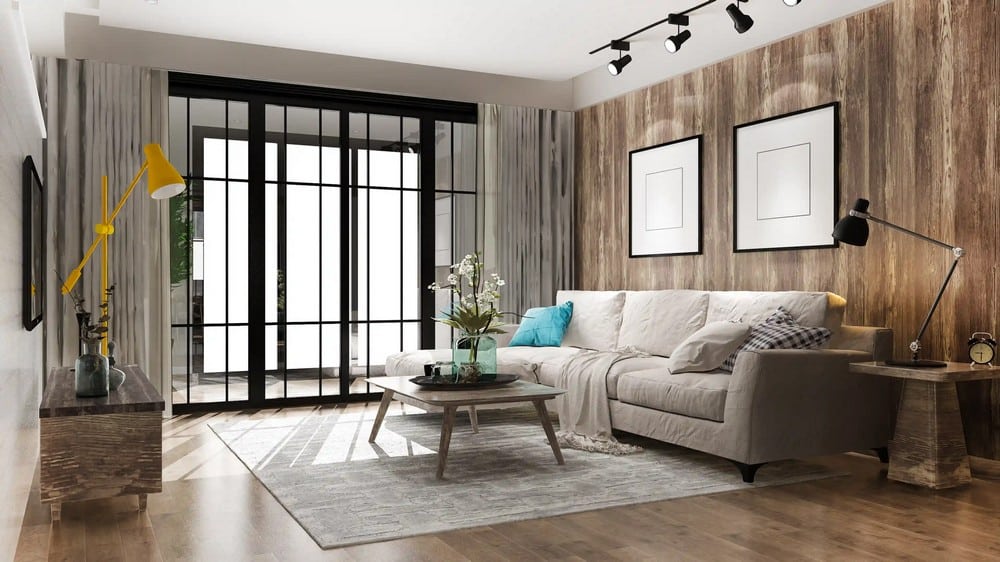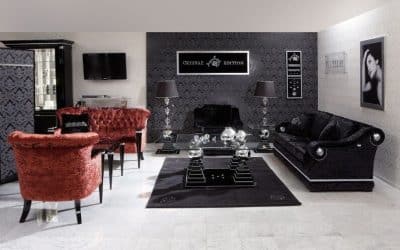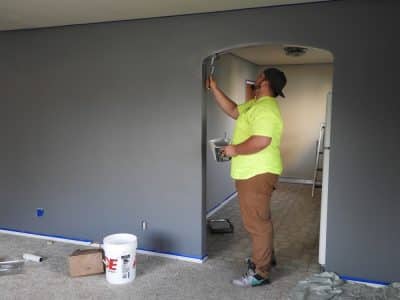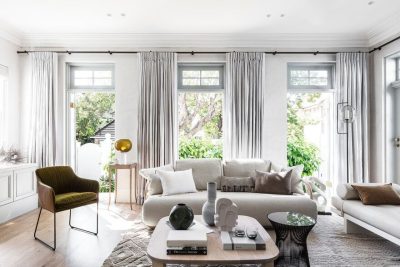
When decorating a space, you can easily become obsessed with the wall color, the sofa fabric, or the type of lighting. But the truth is, your floor can have more control than you imagine. It is one of the biggest areas in your home, and the only thing that connects all the rooms together. Why not make it memorable then?
Statement flooring is not about boldness per se. It is all about how you can use your floors to create a story, a tone, and give the space an identity. And if you seek playful pattern, dramatic contrast, or something just unexpected, keep reading for how to ensure your flooring is the element of design that speaks volumes, yet says nothing at all.
Be bold with patterned vinyl tiles
Patterned vinyl tiles are an artistic, low-maintenance method of infusing character directly under your feet. Whether it’s black-and-white geometrics or more advanced floral patterns, you can see it all. And the most incredible part about it is that vinyl provides all of this with less mess, lower cost, and minimal maintenance compared to tiles.
This works particularly on:
- Kitchens: The patterned floor may serve as a backsplash for your feet.
- Entrances: A graphic floor will leave the most memorable first impression.
- Laundry rooms or powder rooms: You can play around a bit without overloading the rest of the house.
Opt for a vinyl tile that has texture to it to make it even more luxurious.
Use laminate or vinyl flooring to create a statement pattern
Wood-look flooring has evolved, particularly in laminate and vinyl flooring. Current manufacturing offers exceptional designs without the time-consuming process of custom woodwork.
You can achieve a bold layout with the following:
- Herringbone or chevron: A classic and high-end feel. These patterns work well in long corridors or open-plan living spaces.
- Diagonal or mixed-width installations: These introduce energy and motion to the space and allow it to be dynamic at the ground level.
- Two-tone flooring or blended colours: A high-contrast (think dark and light alternating) option will provide you with a totally custom, artistic finish.
The bonus? Bold layouts are becoming increasingly affordable. This is because laminate and vinyl are much easier to install than hardwood. Retailers like Floors Direct offer a wide range of these bold flooring styles, making it easier than ever to experiment with layout and tone.
Personalise it with paint
Painted floors can be highly practical and charming, especially if you have wood floors or at least the confidence to paint them afresh. It is a wise idea to revive your old boards, and this trick can apply to more places than you can imagine.
Here are some ideas:
- A white or warm grey floor can enlarge an awkwardly-sized room, and provide a clean background against which to place more emphatic decoration.
- Checkerboards or stripes provide an antique feel to old houses or cottages-style rooms.
- A dark, intense color, such as forest green, slate blue, or burnt orange, can ground a room as a rug, but it will have a lot more staying power.
Floor paints are particularly excellent in bedrooms, porches, home offices, or even sunrooms. As long as you are applying floor-grade paint and sealer, it should stand up to everyday life.
Experiment with high-contrast wood colors or inlays
A classic backdrop needs contrast and direction. This means that your wood flooring will be more than just a plain backdrop. You can achieve this without using exotic material, either. Today, engineered wood and even some laminates offer tone variation and even visual texture as an option.
To make it pop:
- Select flooring with graining or knots to add depth and character.
- Try pairing dark-stained floors with light walls, the opposite of which creates a dramatic contrast.
- Think of a border inlay or a pattern in sections to distinguish between rooms or open spaces.
This kind of statement will be effective, especially in a room like a large living room, formal dining room, or foyer. Here, the flooring can have its space to shine.
Mix materials to define zones
Mixed flooring materials may be worth considering in an open floor plan, and in any space you want to divide without walls. This forms visual zones and may be particularly useful in multipurpose structures.
A few smart combinations include:
- Install wood-look laminate in the living room and lay a patterned vinyl tile in the kitchen or meal space.
- Consider an edging of contrasting flooring to create a sitting area or home office corner.
- Put a bold flooring in an entrance that transitions to a lighter color in the main living area.
The method will create interest, but not clutter, and it can actually aid in enhancing the natural flow of your layout.
Make color the star
When a pattern alone cannot do the talking, nothing can do the talking more than color on the floors. And no, not brown or beige.
Here is how to do it:
- Black or charcoal flooring anchors a room and appears very contemporary, in particular when combined with clean white walls or light tones.
- Whitewashed or bright-oak colors bring a fresh, breezy experience that remains warm, which is ideal in a Scandinavian-style space or a coastal shade.
- Grey is versatile with almost any palette. It introduces a cool sophistication, which is both relaxed and contemporary.
These types are readily available in vinyl and laminate. Even better, the finishes can convincingly imitate real wood, grain, and all.
A key takeaway
Your floor does not need to be loud to say much. It does, however, need to have a point of view. It could be a striking pattern, use of contrasting colours, innovative design, or unpredictable material selection. It provides your space with a sense of direction on the ground level.
And when your floor tells your story, you are to listen and style it. This does not imply making everything neutral or imparting too little, but rather just ensuring that you are providing the flooring the chance to take the lead.
Some rules:
- Reflect the color scheme of the floor in accessories or fabrics.
- Avoid using heavy carpets, or opt for transparent surfaces like open-weave or jute to allow the floor to shine through.
- Leave furniture legs open. There is no reason to cover what you have just made beautiful.








